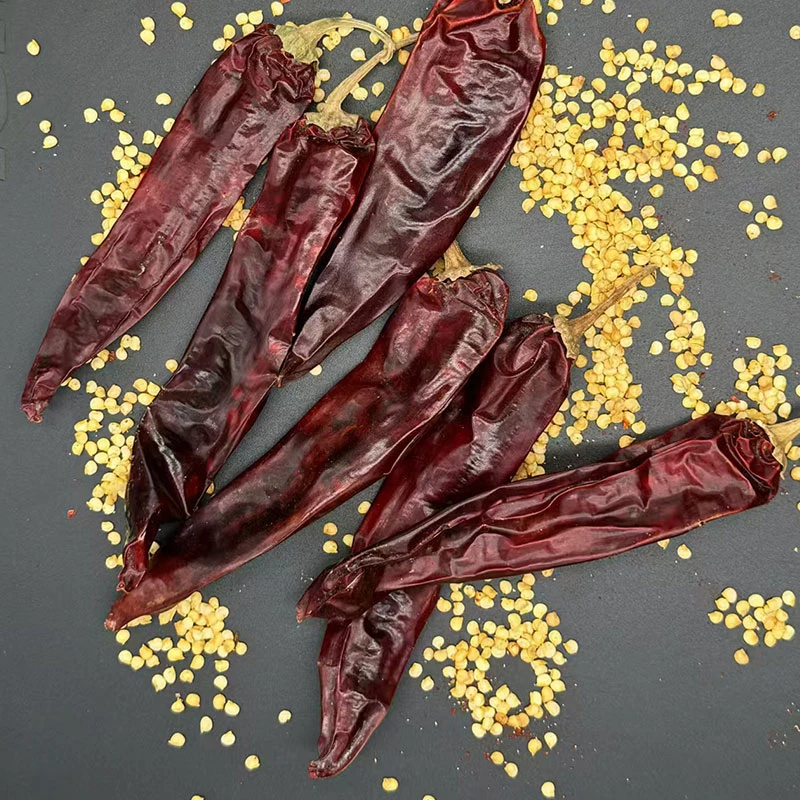- No. 268 Xianghe Street, Economic Development Zone of Xingtai city, Hebei 054001 China
- Byron@hbhongri.cn
Exploring the Flavorful World of Paprika and Its Culinary Uses
The Allure of Paprika A Culinary Journey
Paprika, a vibrant and flavorful spice, has captivated the palates of food lovers around the world. Its rich color and distinct taste can elevate a dish, transforming the mundane into the extraordinary. As we delve into the world of paprika, we uncover its history, varieties, culinary uses, and health benefits.
A Brief History
Paprika is made from dried and ground peppers, specifically Capsicum annuum. Its origins trace back to Central America, where indigenous peoples cultivated the pepper plants long before Europeans arrived. When Christopher Columbus set sail in the late 15th century, he brought the seeds back to Spain, where paprika began to flourish. It quickly gained popularity across Europe, particularly in Hungary and Spain, leading to the development of distinct varieties and a dedicated place in culinary traditions.
Hungarian paprika, in particular, became a symbol of national identity. The spice is integral to various traditional dishes, most notably goulash, which showcases the rich flavor and vibrant color of the paprika. In contrast, Spanish paprika, or pimentón, often has a smoky quality due to the drying process over oak wood. This variety is a key ingredient in iconic Spanish dishes like chorizo and paella.
Varieties of Paprika
Paprika is not a one-size-fits-all spice; it comes in several varieties, each offering unique flavors and heat levels. The most common types include
1. Sweet Paprika This is the mildest form, known for its vibrant red hue and subtle sweetness. It is widely used to add color and a gentle peppery flavor to dishes.
2. Smoked Paprika Also known as pimentón, this variety is dried over an open fire, infusing it with a rich, smoky flavor. It is indispensable in many Spanish recipes and adds depth to stews, sauces, and meats.
3. Hot Paprika As the name suggests, this variety packs a punch with its spiciness. It is favored in dishes that require an extra kick, from spicy soups to meat rubs.
4. Hungarian Paprika This category ranges from mild to hot, with several subtypes. It is known for its bright color and is often used in traditional Hungarian cuisine.
a paprika

Each type of paprika brings its own character to a dish, allowing chefs and home cooks alike to experiment and enhance their culinary creations.
Culinary Uses
The versatility of paprika makes it a staple in kitchens around the globe. It can be used in various dishes, from soups and stews to marinades and dry rubs. Here are some popular culinary uses of paprika
- Seasoning Sprinkling sweet paprika over roasted vegetables provides both color and flavor, while smoked paprika can elevate grilled meats with its distinct taste.
- Sauces and Dips Paprika is often added to sauces like aioli, hummus, and marinara to enhance flavor complexity.
- Garnishing A simple sprinkle of paprika can transform a bland dish into a visually appealing masterpiece. It adds a pop of color to dishes like deviled eggs and potato salads.
- Soups and Stews Paprika is a quintessential ingredient in hearty dishes such as goulash, where it melds beautifully with other flavors.
Health Benefits
Beyond its culinary appeal, paprika also boasts several health benefits. Rich in antioxidants, particularly carotenoids, it helps combat oxidative stress in the body. Additionally, paprika contains vitamins A, E, and several B vitamins, contributing to overall health. Interestingly, some studies suggest that the capsaicin in certain types of paprika may promote metabolism and aid in weight management, making it a beneficial addition to a balanced diet.
Conclusion
Paprika, with its colorful history and diverse varieties, is a spice that deserves recognition in the culinary world. Whether you are a seasoned chef or a novice cook, incorporating paprika into your dishes can lead to delightful culinary experiences. Its ability to enhance flavors, add visual appeal, and contribute to health makes it a spice that transcends borders and tantalizes taste buds. As you explore the myriad uses of paprika, you may find that this humble spice transforms your cooking in unexpected and wonderful ways.
-
Turmeric Rhizome Powder: A Golden Treasure from Roots to TableNewsJul.28,2025
-
The Versatile Application Of Crushed Red Hot Peppers: Lighting Up The Red Flames On The Dining TableNewsJul.28,2025
-
The Paprika: A Touch Of Vibrant Red In Color, Flavor, And CultureNewsJul.28,2025
-
Ground Turmeric: A Modern Examination of an Ancient SpiceNewsJul.28,2025
-
Capsicum Liquid Extract: Features, Applications, and ChallengesNewsJul.28,2025
-
Application of Capsicum Liquid Extract in FoodNewsJul.28,2025







